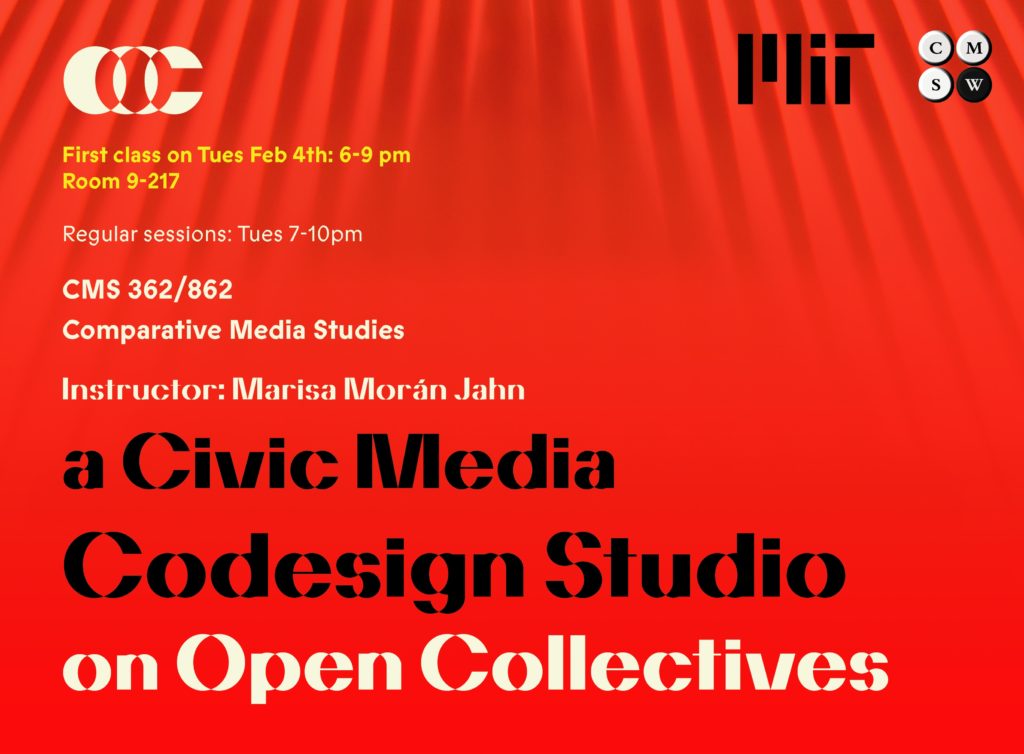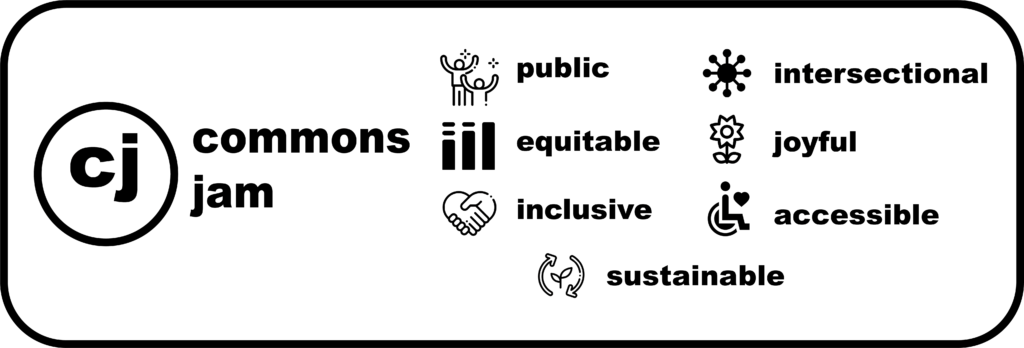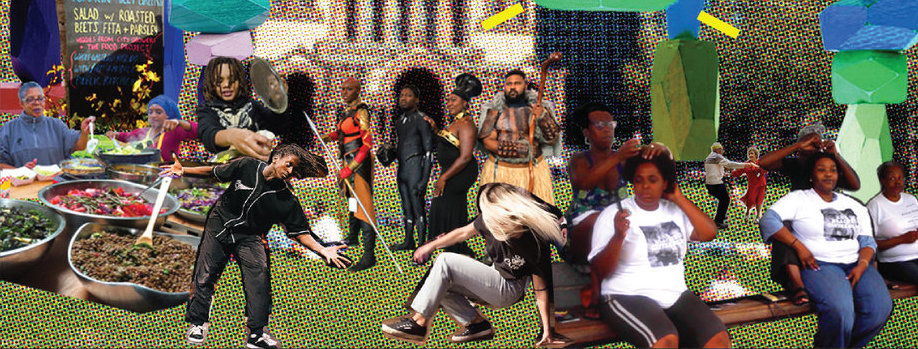We met with METCO representatives Colin and Milly at their headquarters in Roxbury on April 8. During the meeting, we discussed their hack needs for the Hacking the Archives event and shared with them what we had planned for the hack itself. As projects pitched and developed at Hacking the Archives will extend into the summer, we wanted to learn what METCO had planned for the long term.
The Roxbury location is right off the MBTA Orange Line, a few blocks away from the Jackson Square stop. METCO’s headquarters are housed above the Mass Rehab Commission’s Roxbury office in an old New England building with creaky wooden floors and well-worn couches in its hallways. A small dog and a receptionist greet us at the METCO entrance on the second floor; the receptionist mentions attending the Data 4 Black Lives conference and asks if we are affiliated. We explain that we are not and take time to investigate some of METCO’s informational materials on the wall, including a timeline of their history.
Colin arrives and we are led into a small conference room, slightly chilly and sporting a freshly-cleaned wooden table. He welcomes us to what he calls “our little hideaway” as he plugs in a space heater, informing us that it may blow a fuse, but the heater does not turn on. We begin discussing the hackathon idea and our general plans, sharing the product of the pit crew organization so far. We then ask about their needs and desired outcomes in designing and programming the hackathon.
Our key takeaways from this conversation are as follows:
1. METCO’s long term goal is to “create a ‘reciprocal busing’ program” (though Colin stresses that this is not official terminology). METCO currently has over 3,000 students who are bused from Boston into the suburbs, where they learn about suburban histories, cultures, and other ways of knowing and being. They believe that the suburban schools and communities should make an equal effort in learning about Boston through these students. Students from Boston should be able to present their respective histories through their own voices and research, producing stories that they can feel proud of and have ownership over.
2. METCO would like to use the hack opportunity to begin collecting stories and places that correspond with the history of METCO, preferably tying into the social and activist histories of each respective neighborhood. They have expressed their hopes that METCO “should be just one part of a larger social justice story.” Ultimately, this project should lead to a sustainable program that can be refreshed and renewed year after year.
3. Their target audience is suburban classmates and teachers unfamiliar with the histories of Boston-area students. They wish to accomplish the following through their project:
– Make visible the unknown history of desegregation in Boston
– Dispel suburban myths about what Boston is like
– Provide suburban residents with an engaging way of learning about Boston and its people
They plan to work with primary historical materials and will likely be bringing yearbooks, handbooks, fliers, and other sources to the hack. They also hope to bring in high school students currently participating in the busing programs as participants in the hack, as they will take over and lead development of the project over the summer.
As per METCO’s feedback from this meeting, we plan to address the following:
- We will be assisting METCO by researching and bringing more primary sources to the hackathon. In addition, we will center the activities for the hackathon around their goals to produce a tour/street guide to Boston.
- As METCO hopes to bring in Boston-area high schoolers, we want to make sure that they have equal stake in the project. As a result, we have reached out to see if METCO can arrange a meeting with us including one or more of their students.



